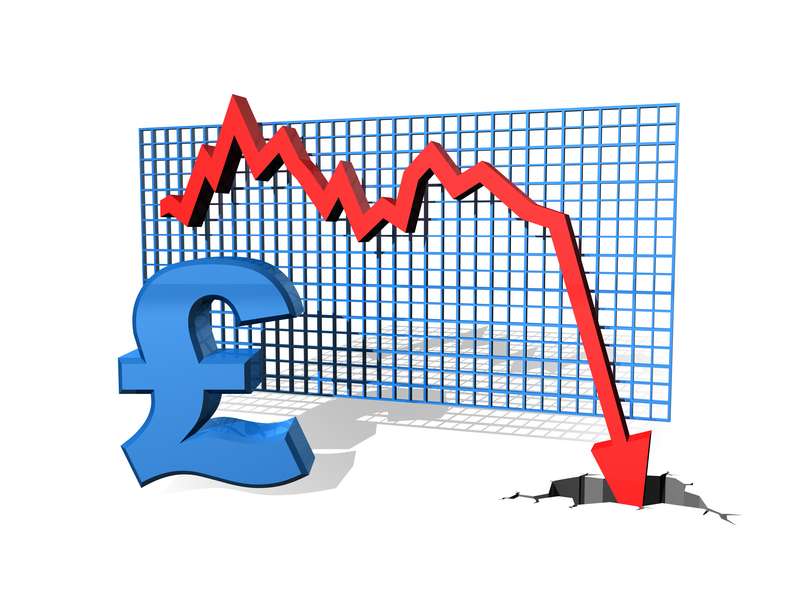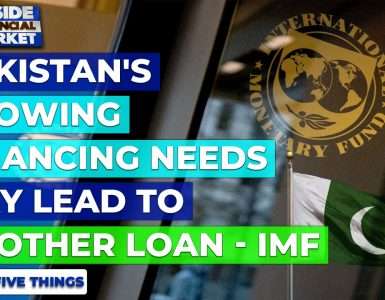Barring an 11th-hour rally, the pound will soon complete a fifth weekly loss against the euro, its longest stretch of declines since September 2012. It’s a slide that most strategists didn’t see coming.
Britain’s currency is already 3 percent weaker than the consensus third-quarter forecast of analysts surveyed mid-year. Sterling dropped against the euro Friday even after the European Central Bank signaled its willingness to expand monetary stimulus to combat the region’s latest bout of disinflation.
The pound also fell for a ninth day against the dollar in its longest downturn since 2008. Its fortunes have deteriorated since getting a boost from the U.K. elections in May, when an improving economy prompted investors to anticipate an early interest-rate increase from the Bank of England.
“Sterling has taken quite a hefty whack,” said Steve Barrow, head of Group-of-10 strategy at Standard Bank Group Ltd. in London, who still sees the pound gaining about 10 percent versus the euro in the next two years as U.K. growth outpaces its neighbors.
“The generally bullish mood after the elections meant the majority of traders and investors were positioned that way,” he said. “And when things didn’t turn out necessarily so good, we’ve seen some position squaring.”
Weekly Slide
The pound slipped 0.3 percent to 73.15 pence per euro as of 12:15 p.m. London time, headed for a 0.6 percent weekly drop. It’s already weaker than the 71 pence strategists predicted for the end of this quarter in a June 30 Bloomberg survey. Barrow now forecasts an advance to about 65 pence.
It still costs more to protect against the pound gaining versus the euro than it does to hedge weakness in the options market, though the premium has shrunk to about the least since May.
The U.K. currency fell 0.2 percent to $1.5228 after tumbling to $1.5214, the lowest level since June 5.
The declines suggest sterling is losing its status as the darling of the currency markets amid signs the economy is starting to lose momentum. Reports this week on services, construction and manufacturing all fell short of economists’ forecasts, which may reduce the chance of a boost to official borrowing costs.
Gilts Rise
The possibility the BOE will keep its main interest rate at a record-low 0.5 percent for longer is also reflected in government bonds.
Benchmark 10-year gilt yields fell five basis points, or 0.05 percentage point, to 1.85 percent. The 2 percent bond due in September 2025 rose 0.48, or 4.80 pounds per 1,000-pound face amount, to 101.36.









